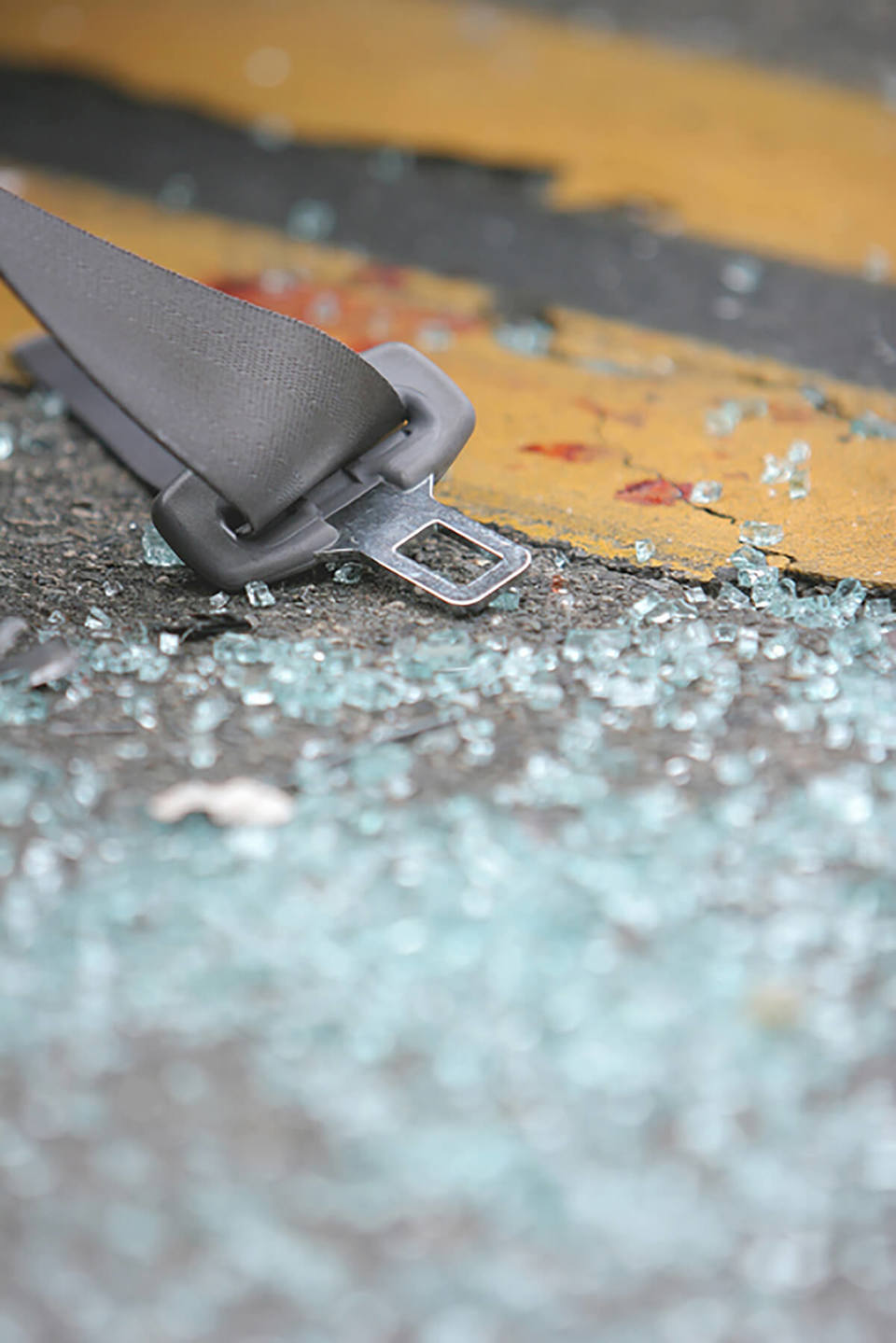Annual deaths on Britain's roads have fallen below 2,000 for the first time since records began, proving the value and effectiveness of having a strong road safety strategy, says the Royal Society for the Prevention of Accidents (RoSPA).
Headline figures published by the Department for Transport today reveal that 1,857 people were killed in reported road accidents during 2010, a reduction of 365 (16%) on the previous year's figure. A total of 22,660 people were seriously injured in reported road accidents (a reduction of 8%) and 184,138 people were slightly injured (a reduction of 6%).
Despite the overall reduction in casualties, there was a rise in the number of cyclists killed - to 111, an increase of 7% on 2009. The number of cyclists seriously injured also increased, by 2% to 2,660. There was also a 24% increase in goods vehicle occupants killed - up from 50 to 62.
The number of children who were killed fell by a third, from 81 to 55. There were also reductions in the number of children who were injured.
Kevin Clinton, RoSPA's head of road safety, said: "That road accident deaths have fallen below 2,000 for the first time since records began in the 1920s is a significant achievement, and particularly considering that much of the reduction has happened in very recent history - in the mid-1980s, for example, road deaths stood at around 5,500 a year.
"This achievement proves the value and effectiveness of a comprehensive road safety strategy which has strong government leadership and involves the joint working of the road safety community. We obviously need to understand fully the reasons for the significant reduction in deaths from 2009 to 2010; it might be that the economic downturn has had a part to play, through a reduction in traffic and lower speeds, and perhaps also the particularly harsh winter. But there is no doubt that Britain's world-leading strategic approach to road safety has provided the context for continuous casualty reduction for several decades.
"Of course, the figures also highlight the need to continue this good work over the next 10 years in order to avoid the danger that the downwards trend is reversed. Maintaining and improving on this success over coming years, with less money and fewer staff for road safety, plus increasing traffic as the economy improves, will be the challenge.
"The rise in cyclist casualties is clearly disappointing. As the number of people cycling increases, we must find ways to make the roads safer for them, through a combination of road designs that make cycling safer and better education and training for both motorists and cyclists."
The 2010 figures confirm that casualty reduction targets set in 2000 have been surpassed.
Last month, RoSPA welcomed the Government's publication of the Strategic Framework for Road Safety. The framework forecasts that road deaths will fall to between 1,530 and 1,770 by 2020.
Clinton said: "We are not far off achieving the upper end of this forecast already, but this does not mean we should relax on road safety. Instead, it shows that we can and should be much more ambitious in our efforts."
The provisional road casualty figures for 2010 are available on the Department for Transport's website.




















Login to comment
Comments
No comments have been made yet.